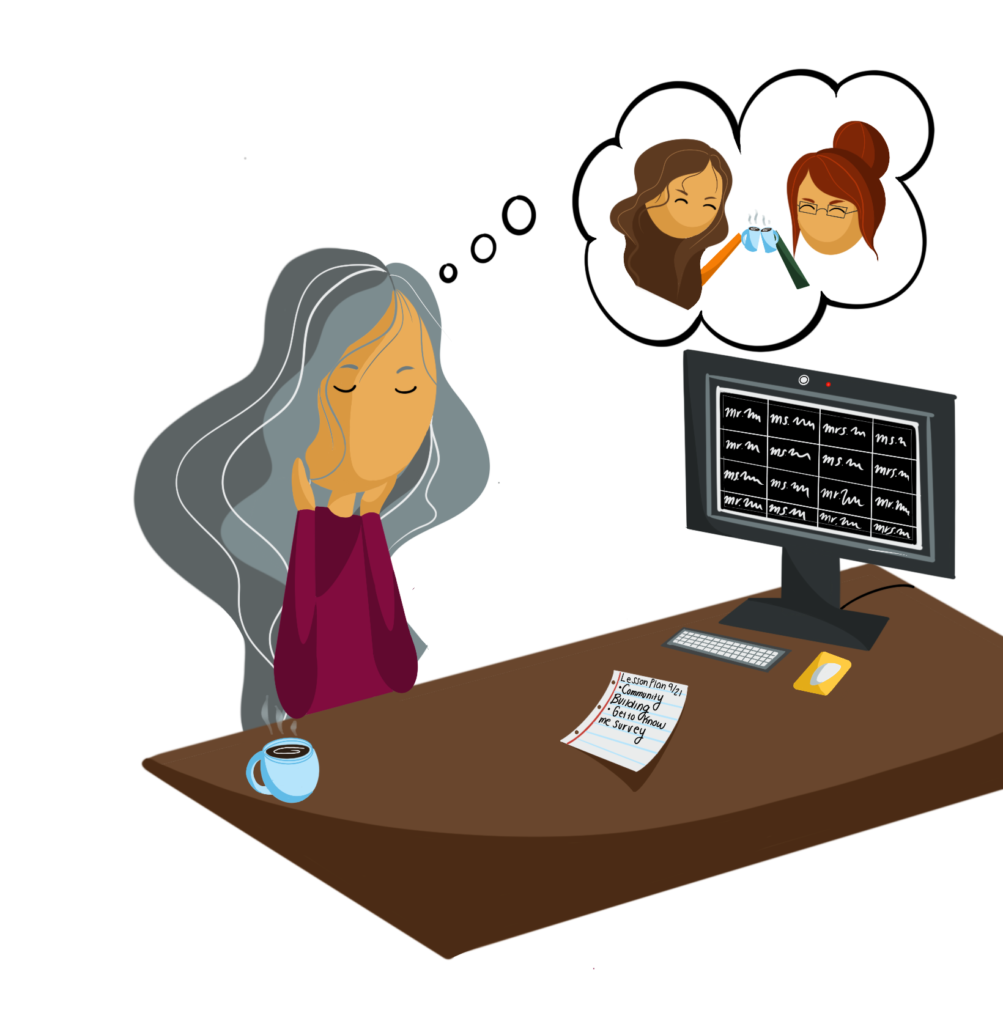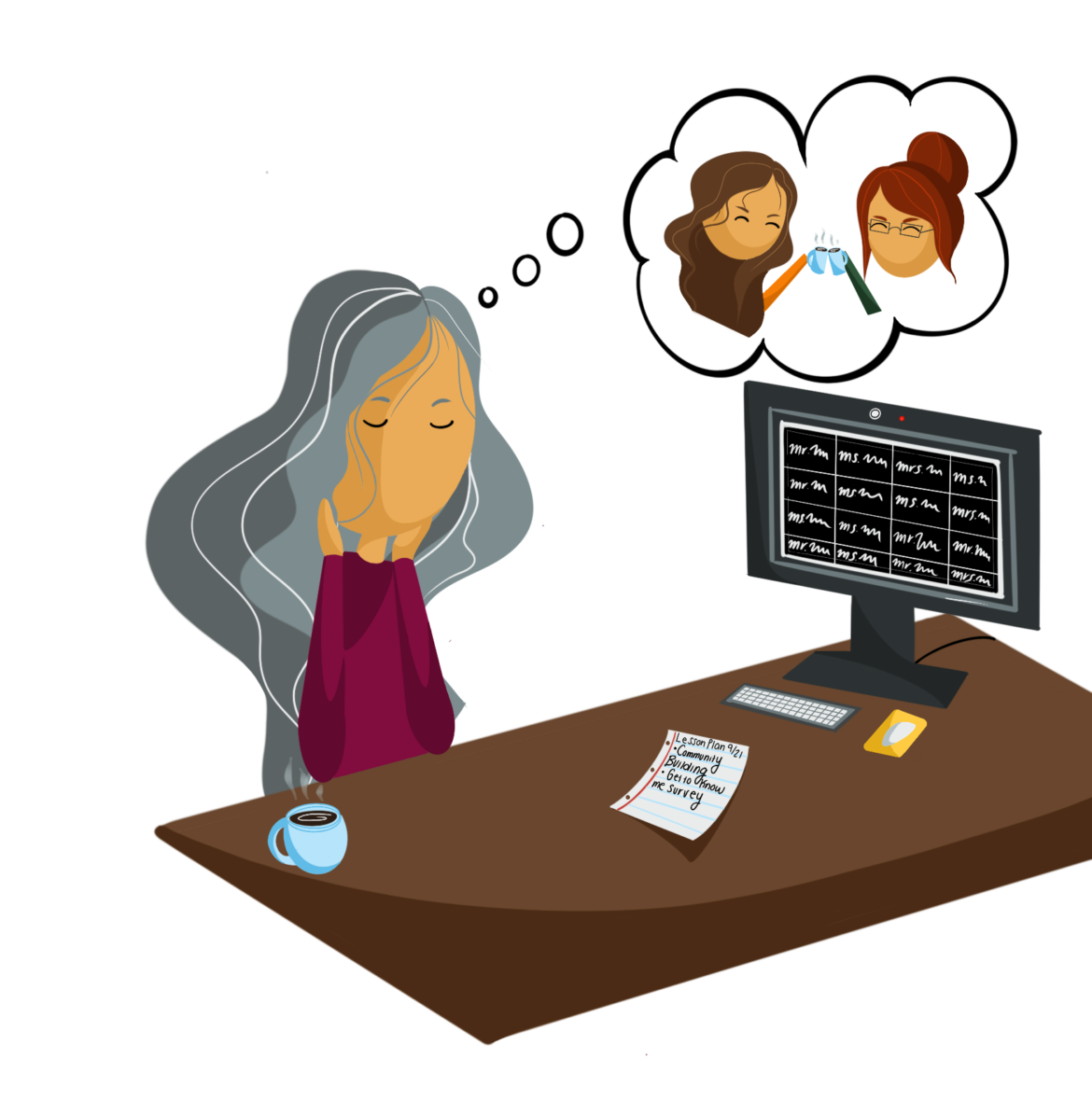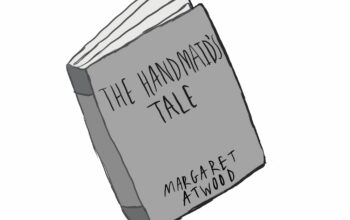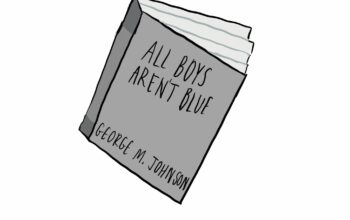The return to in-person learning and teaching this fall has come as a welcome relief to a major component of the Roosevelt community — its teaching staff.
At Roosevelt High School, it isn’t uncommon to see two teachers walking down the hall, engaged in conversation, or to hear a friendly greeting tossed at one of their colleagues.
Often a group of teachers could be found enjoying lunch together in a classroom, and most students can give at least one example of when another teacher popped into their classroom for a quick joke during passing period or even in the middle of a lecture.
But after spending over a year in isolation, this setting was substantially challenged. The Roosevelt community was reduced to a combination of empty, voiceless Zoom squares and the blank stares of students spending hours online at a time.
As the school now transitions back to in-person learning, students and teachers alike find themselves experiencing a whirlwind of emotions, often including a mix of anxiety, exhilaration, and fatigue. As such, it is more important than ever that the community comes together during this time, with staff relationships playing a particularly integral role in rebuilding Roosevelt’s supportive atmosphere.

A productive and pleasant school community starts with the positive connections formed between teachers. When trust evolves authentically between staff members, the overall school environment— from students, to teachers, to administration — is positively affected as a whole; yet how that friendship is initiated depends entirely on the teachers themselves.
David Grosskopf and Carolyn Kenney Hall, both teachers in the English department, say that they first started to get to know each other in 2008, around the time Kenney Hall began teaching at Roosevelt.
“We respected each other, early from the beginning,” says Grosskopf. “I always appreciate what Carolyn has to say, and how she approaches family and teaching and her own life, and I always … valued that from early, early on.”
Kenney Hall describes how her introduction to teaching Margins and Centers was truly what helped build on their friendship, as it gave her a chance to see Grosskopf’s “deep intellectualism and mastery of teaching.” But more so than that, she says she got to know his “sense of humor and playfulness and goofiness that I don’t think I knew was there when I first met [him], and have come to just totally define [him]. And why [he’s] so fun to have in my life. And just so much heart, too.”
The experience of forming relationships with teachers in the same department is one shared by many teachers. Similar to asking for help with a homework problem, when up against a wall, teachers within the same department will often ask each other for advice.
“If you’re thinking, well, I don’t know what direction I want to go with this topic or what assignments I want to be giving in this chapter, to just be able to walk down the hall and figure that out is much more enjoyable,” says Jeff Ware, head of the Roosevelt Math Department.
The Math Department has long been known for its close-knit staff community and is an excellent example of how interconnectedness between teachers can go beyond just the sharing of coursework ideas, plans, and potential assignments.
Teaching is a difficult job; it requires a lot of thought and vulnerability, especially when establishing a community that students feel comfortable in.
Outside of work, the Math Department has historically held retreats for the main purpose of bonding and building connections between teachers. Ware describes how they participate in Ski to Sea races and have even climbed the Olympic mountains together. They’ve successfully reached the top of two: the south peak of The Brothers and Mount Eleanor, and they nearly made it to the top of Mount Washington.
But while many teacher relationships spark to life because of the close proximity of their classrooms or subject department ties, most teachers agreed that their friendships truly blossomed due to a reciprocal desire and active striving for connection.
Much like how two athletes aren’t necessarily going to get along just because they both play sports, two teachers being in the same department doesn’t guarantee a friendship. “We get to know people in conversations about teaching, … [and through this] you’re strung together with people you wouldn’t necessarily share activities with outside of school,” says Kenney Hall. “But then we have lunch together, … you … become really close … for all sorts of other reasons.”
Unfortunately, much as it did for the rest of the world, COVID-19 placed a strain on these relationships. “I didn’t see my colleagues, maybe except for Mr. Grosskopf and occasionally another teacher or two, except on the screen: maybe once a month or something in a meeting,” reflects Kenney Hall.
Grosskopf agrees. “All those Zoom meetings too, we could raise these issues with each other, but we could never alleviate the tensions the way you can in person. So … we’d be disagreeing about things as you do in meetings, but we didn’t have the same kind of human element that would allow us to kind of forgive each other afterwards.”
For a job that’s so dependent on human interaction, the removal of the human presence was a devastating blow to the teacher community. Virtual classes weren’t even close to in-person teaching, and because of quarantine, all staff meetings were also held online.
Getting to know your colleagues is tricky enough, but the added pressures of virtuality, where you can’t see body language or pick up on subtle facial expression differences, make the process even more difficult.
According to Gianpiero Petriglieri, a trained psychiatrist and INSEAD Associate Professor of Organizational Behavior, this feeling relates to a sense of cognitive dissonance, which is the sensation of experiencing multiple conflicting things at the same time. In this case, meeting someone virtually, but not actually knowing them in person.
“Every time you connect to a Zoom call,” Petriglieri said in an interview with Vox, “you are having two experiences at the same time: the experience of reaching, and the experience of what you’ve lost.”
Height, shifting, and eye contact are all things used when forming opinions of people, all of which are rendered practically invisible online. Even having conversations that aren’t stilted and stiff can be a challenge. This is especially true when it comes to teaching, something that depends heavily on social interactions between teachers and students.
Among groups hit harder by extended isolation were newer members of staff, some of whom joined right in the thick of COVID-19.
“All the co-workers that I know the best I actually got to know in person, going on walks, or getting together in person with masks on,” says Trina Norris, a health teacher at Roosevelt. Norris joined the Roosevelt community in the 2020-2021 school year during the height of the second wave of the pandemic. “It was hard,” she explains. “It was challenging for everyone.”
Many teachers would start class only to find themselves staring at black boxes, little names popping up as more people entered the meeting. The rest of the day would follow, empty of the small social interactions and short conversations with colleagues which had previously made school much more enjoyable.
“It was just so subdued, you took all the fun out of it when you went online,” says Ware. “I mean, school is fun, but … it’s all the stuff that goes with it that makes school fun. It’s the social scene. It’s the crazy stories. And we obviously lost all of that when we were just logging into our computers.”
During this period of isolation, some teachers took matters into their own hands. Grosskopf and Kenney Hall say that during quarantine, they would take walks together around Green Lake, sometimes joined by Kristine Barnes, a history teacher at Roosevelt.
Dr. Jean-Marie Kent, Scott Brown, and Christine Gero, all staff in the Performing Arts Department, say they would text each other throughout the day and share how they were doing.
“I would just show up at [Mr. Brown’s] doorstep with my five-year-old and just have him blurt out notes on the plastic trombone,” remarks Gero, the Roosevelt Orchestra Director, in regard to how the three of them stayed connected through quarantine.
This said, there is wide consensus that these meetups didn’t hold a candle to what it feels like returning to teaching in person.
Joyous, mixed, energetic, nice, and uncertain: these are all words used by teachers to describe the return to in-person teaching. A thread mirrored throughout all of the departments, however, is a sense of relieved excitement.
Teaching and connecting online during COVID-19 was an overwhelmingly unpleasant experience. Delight at being able to reconnect with familiar colleagues and forge connections with newer members of the staff was something expressed by every teacher interviewed.
“Teaching is such a human-human job,” Grosskopf concludes. “We have this instructional knowledge that we are sharing and guiding, but it’s really working with other human beings. … You have to rely on each other to be a community.”



